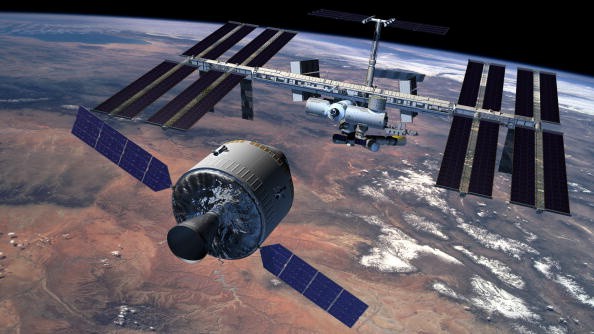NASA's SPHEREx (Spectro-Photometer for the History of the Universe, Epoch of Reionization and Ices Explorer) is expected to be quite similar to James Webb Space Telescope.

This means that it will also observe all the heavenly bodies within its reach. The new giant space telescope is expected to be launched by the international space union around April 2025.
Of course, this is still subject to change since the new space telescope is in the early stages of development. The National Aeronautics Space Administration unveiled SPHEREx just four months after JWST was launched.
NASA's SPHEREx, the New Cosmic Mapmaker
According to Interesting Engineering's latest report, the new SPHEREx telescope will be NASA's new cosmic mapmaker since its main goal is to scan the universe every six months.

Although it is quite similar to the James Webb Space Telescope, NASA explained that this new tech will have a more important mission.
Republic World reported that the space agency's new telescope will allow experts better understand the Big Bang theory, one of the most popular theories explaining how the universe came to be.
Once SPHEREx is launched, it will start scanning the space. Through the gathered data, it will identify what happened the first second Big Bang took place.
Aside from this, it also aims to identify the galaxy evolutions, as well as observe water and other life-essential molecules on various planets.
SPHEREx Scanning Ability
NASA's new SPHEREx telescope can scan a huge part of the sky. This new tech has the ability to check over 99% of the cosmos every six months.
If you will compare it to the Hubble Space Telescope, it is definitely more advanced since Hubble can only scan around 0.1% of the night's sky ever since it was launched.
"It's the difference between getting to know a few individual people, and doing a census and learning about the population as a whole," said NASA SPHEREx Deputy Project Manager Beth Fabinsky.
Meanwhile, NASA's Spacewalk was recently conducted. It repaired and upgraded the International Space Station.
On Mar. 23, NASA's Ingenuity helicopter was able to complete its 22nd flight on the Red Planet.
For more news updates about NASA's SPHEREx and other new techs of the space agency, always keep your tabs open here at TechTimes.
Related Article : NASA Hubble Space Telescope Snaps Photo of a Spiral Galaxy Using Two Different Cameras
This article is owned by TechTimes
Written by: Griffin Davis
ⓒ 2025 TECHTIMES.com All rights reserved. Do not reproduce without permission.




